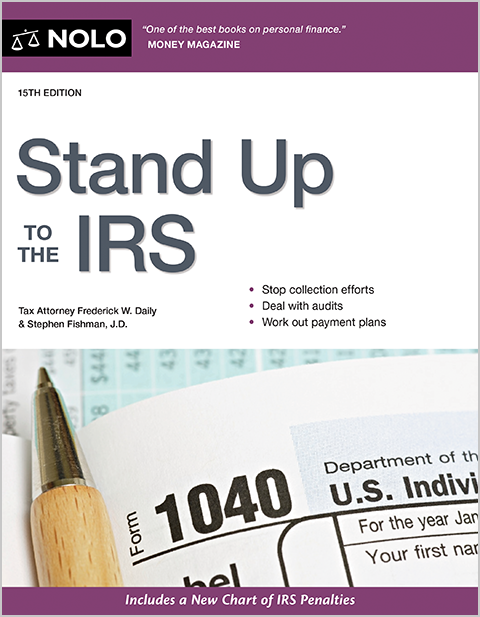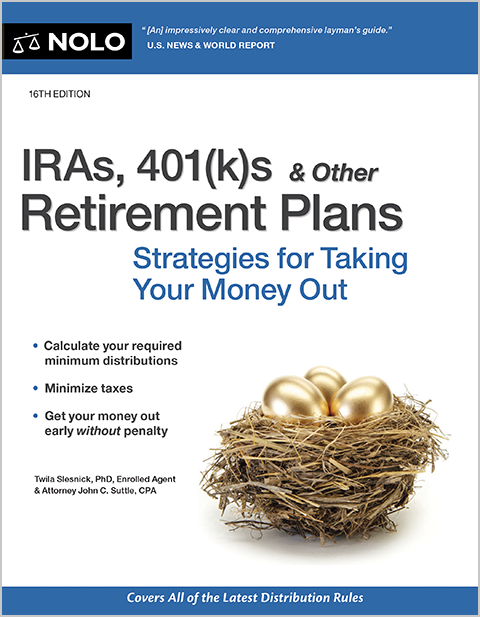How do I know if I should take the standard deduction or claim itemized deductions?
To reduce your taxable income, you may take the standard deduction or claim itemized deductions. Most people choose the standard deduction because it's easier than itemizing. And, as a result of the Tax Cuts and Jobs Act (TCJA) and the One Big Beautiful Bill Act, the tax reform laws that took effect in 2018 and 2025, far fewer Americans benefit from itemizing than in the past.
However, you probably should itemize if the standard deduction is less than your itemized deductions. Every year it's up to you to decide whether to take the standard deduction or itemize your deductions.
- Standard Deduction for Tax Year 2025
- Does the Standard Deduction Reduce Taxable Income?
- Who Can Claim the Standard Deduction?
- The Standard Deduction vs. Itemized Deductions
- How to Itemize Your Deductions
- What Are Some Common Itemized Deductions?
- Does Itemizing Your Deductions Reduce Taxable Income?
- When Should I Itemize Instead of Taking the Standard Deduction?
- What Is the Threshold for Itemizing?
- Can You Take the Standard Deduction on Federal and Itemize on State Taxes?
Standard Deduction for Tax Year 2025
The standard deduction is a specified dollar amount you can deduct each year. It accounts for otherwise deductible personal expenses such as medical expenses, home mortgage interest and property taxes, and charitable contributions. You take the standard deduction instead of deducting your actual personal expenses.
The amount you're allowed to deduct depends on your filing status and is adjusted for inflation each year. The TCJA roughly doubled the standard deduction starting in 2018. The One Big Beautiful Bill Act, which became law on July 4, 2025, made higher standard deduction amounts permanent, and they will continue to increase to adjust for inflation. So, today, only about 11% of all taxpayers itemize, compared with 30% before 2018.
For TY 2025 (returns due in April 2026), the standard deduction amounts are:
|
Filing Status |
Standard Deduction |
|
Single |
$15,750 |
|
Married Filing Jointly |
$31,500 |
|
Married Filing Separately |
$15,750 |
|
Head of Household |
$23,625 |
|
Surviving Spouses |
$30,000 |
Those who are 65 or older and who the IRS considers blind get an additional standard deduction amount. The standard deduction for taxpayers 65 and older is $17,750 (singles) and $34,700 (marrieds filing jointly) (2025). In addition, a new bonus deduction of $6,000 applies to taxpayers aged 65 and older, starting in 2025 and staying in effect through 2028. So, for 2025, the total standard deduction, plus the bonus deduction, for taxpayers age 65 and older is $23,750 for a single person and $46,700 for married individuals filing a joint return. To qualify for the additional deduction, a taxpayer must attain age 65 on or before the last day of the taxable year.
However, income thresholds apply to the bonus deduction. It phases out for single filers with modified adjusted gross income (MAGI) above $75,000 and for married couples filing jointly with MAGI above $150,000, and it's phased out entirely for individuals earning over $175,000 and couples earning over $250,000
The IRS website has information on the current year's standard deduction amounts.
Does the Standard Deduction Reduce Taxable Income?
Yes, the standard deduction reduces the income amount on which you're taxed. For example, a married couple filing a tax return jointly in 2025 with an adjusted gross income (AGI) of $120,000 gets a standard deduction of $31,500, which reduces their taxable income to $88,500 ($120,000 - $31,500 = $88,500).
Who Can Claim the Standard Deduction?
The standard deduction is generally available to anyone who doesn't itemize. But you can't claim the standard deduction in the following situations:
- You're married and you file separately from your spouse, who claims itemized deductions.
- You were a "nonresident alien" or a "dual-status alien" (IRS terminology) during the tax year, subject to a few exceptions.
- You file a return for less than 12 months because of a change in your accounting period.
- You file as an estate or trust, common trust fund, or partnership.
The Standard Deduction vs. Itemized Deductions
Instead of taking the standard deduction, you have the option of itemizing your deductions. Instead of taking the standard deduction, you individually deduct the actual amounts of certain expenses item by item.
How to Itemize Your Deductions
You must list all the deductions on IRS Schedule A and include this schedule with your tax return. Itemizing is a lot more work than taking the standard deduction. You have to know what expenses are deductible and keep track of them.
You also need to keep records of your expenses. Canceled checks or credit card statements aren't enough—you must keep receipts and other bills showing what you spent the money on.
What Are Some Common Itemized Deductions?
Itemized deductions are usually personal in nature and don't include business expenses. Some of the more common ones are:
- medical and dental expenses
- state and local income taxes, or sales tax
- real estate and personal property taxes
- home mortgage interest
- charitable contributions, and
- casualty losses.
The largest of these deductions are those for home mortgage interest, property taxes, and state income tax. For this reason, homeowners are more likely to itemize, while renters rarely do so.
Limitations on Itemized Deductions
But most of these expenses can't be deducted in full. Instead, they're subject to special limitations. The TCJA stiffened the limitations for many of these deductions. The One Big Beautiful Bill Act made many of these limitations permanent.
For example, home mortgage interest on homes purchased after 2018 may only be deducted on acquisition loans totaling $750,000 (it was $1 million under prior law). And, through 2024, only a maximum $10,000 deduction is allowed for state and local taxes and property taxes. Starting in 2025, the One Big Beautiful Bill Act increases the state and local tax (SALT) deduction to $40,000. (I.R.C. § 164(b)(6) (2025).) This amount goes up to $40,400 in 2026. The amount is phased down to $10,000 for taxpayers with incomes over $500,000. However, for 2030, the limit is $10,000.
Casualty losses are deductible only for losses due to federally declared disasters. Medical expenses are deductible only to the extent they exceed 7.5% of your adjusted gross income.
Moreover, the TCJA temporarily eliminated itemized deductions for several types of expenses, such as:
- unreimbursed employee expenses, such as work-related driving
- tax preparation expenses
- investment expenses, and
- moving expenses to a new job.
The One Big Beautiful Bill Act permanently eliminated them. So, you might find that few or none of your personal expenses are deductible.
Does Itemizing Your Deductions Reduce Taxable Income?
Yes, itemizing can decrease your taxable income (again, that's the amount of your income that's subject to taxation).
When Should I Itemize Instead of Taking the Standard Deduction?
You must choose whether to itemize or take the standard deduction each year. The IRS won't tell you what's in your best interest—it doesn't care if you make the wrong choice and overpay your taxes. You (or your tax preparer) must decide.
The more you can deduct, the less you'll pay in taxes. So, if the total of your itemized deductions is more than the standard deduction, it makes sense to itemize. Most tax filing software programs can help you add up your itemized deductions so you can compare them to the standard deduction. A tax pro can also help you with this process.
What Is the Threshold for Itemizing?
Obviously, you should itemize only if it will give you a larger total deduction than the standard deduction for that year. You will likely be able to itemize only if you:
- had large uninsured medical and dental expenses during the year
- paid substantial interest and taxes on your home
- had significant uninsured casualty losses due to a federally declared disaster, or
- made large charitable contributions.
Through careful planning, you can often increase your deductible expenses for a given year so that it pays to itemize that year. For example, you can bunch your charitable contributions in one year instead of spreading them over two or more years. This tactic will give you a bigger deduction for the bunched year and might enable you to itemize.
The same strategy can be used for discretionary medical expenses.
Are There Any Deductions You Can Take Without Itemizing?
Can You Take the Standard Deduction on Federal and Itemize on State Taxes?
Some states allow taxpayers to have a different deduction type on their state return than the federal one. For example, if you claimed the standard deduction on your federal return, you might be able to itemize your deductions on the state return. Talk to a tax professional in your state to learn the guidelines and limitations that apply in your situation.
If you have questions about whether you should itemize or take the standard deduction, contact a local tax lawyer or another tax adviser, such as a certified public accountant.
Talk to a Tax Attorney
Need a lawyer? Start here.
How it Works
- Briefly tell us about your case
- Provide your contact information
- Choose attorneys to contact you
- Standard Deduction for Tax Year 2025
- Does the Standard Deduction Reduce Taxable Income?
- Who Can Claim the Standard Deduction?
- The Standard Deduction vs. Itemized Deductions
- How to Itemize Your Deductions
- What Are Some Common Itemized Deductions?
- Does Itemizing Your Deductions Reduce Taxable Income?
- When Should I Itemize Instead of Taking the Standard Deduction?
- What Is the Threshold for Itemizing?
- Can You Take the Standard Deduction on Federal and Itemize on State Taxes?
- Briefly tell us about your case
- Provide your contact information
- Choose attorneys to contact you

